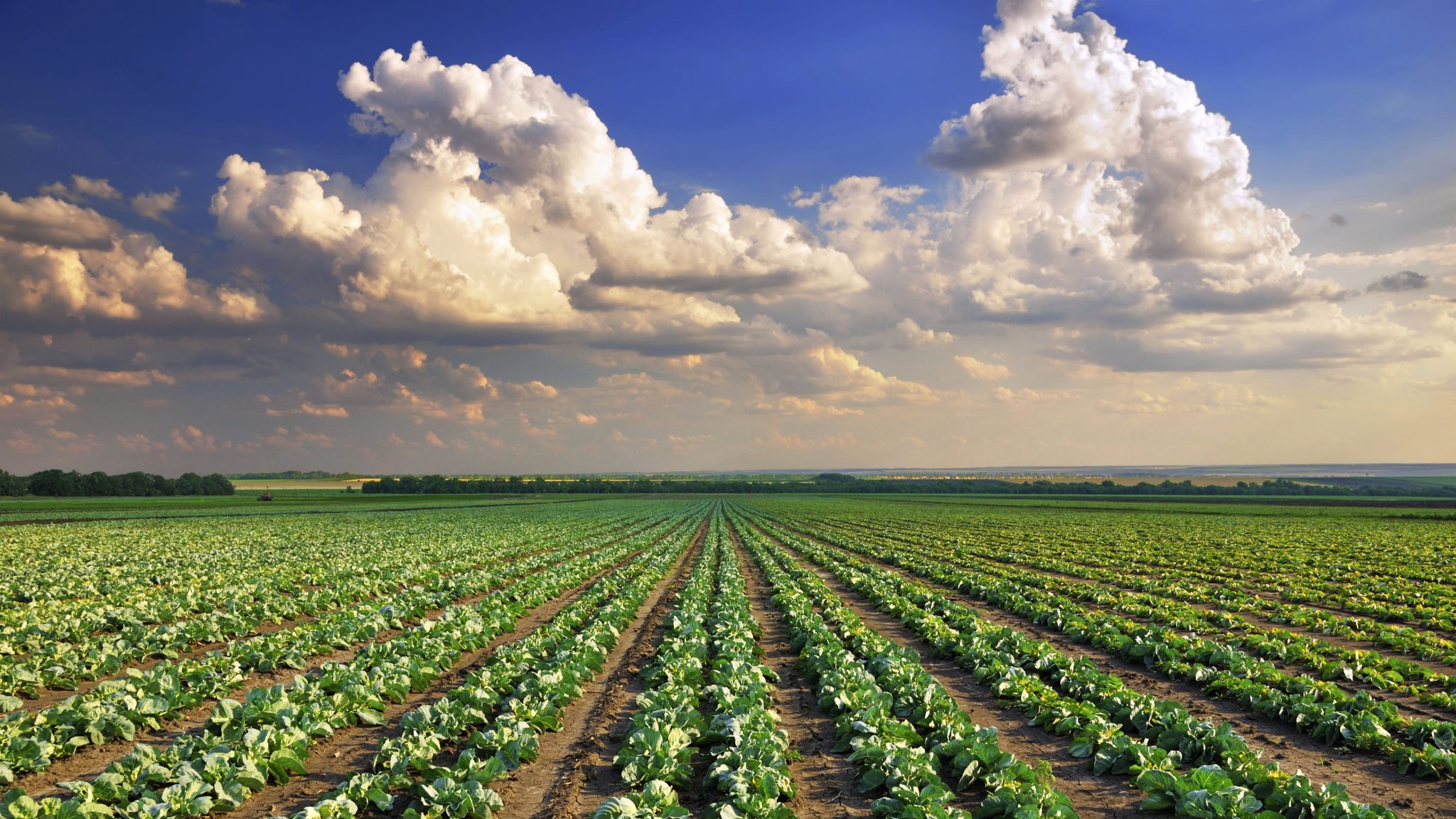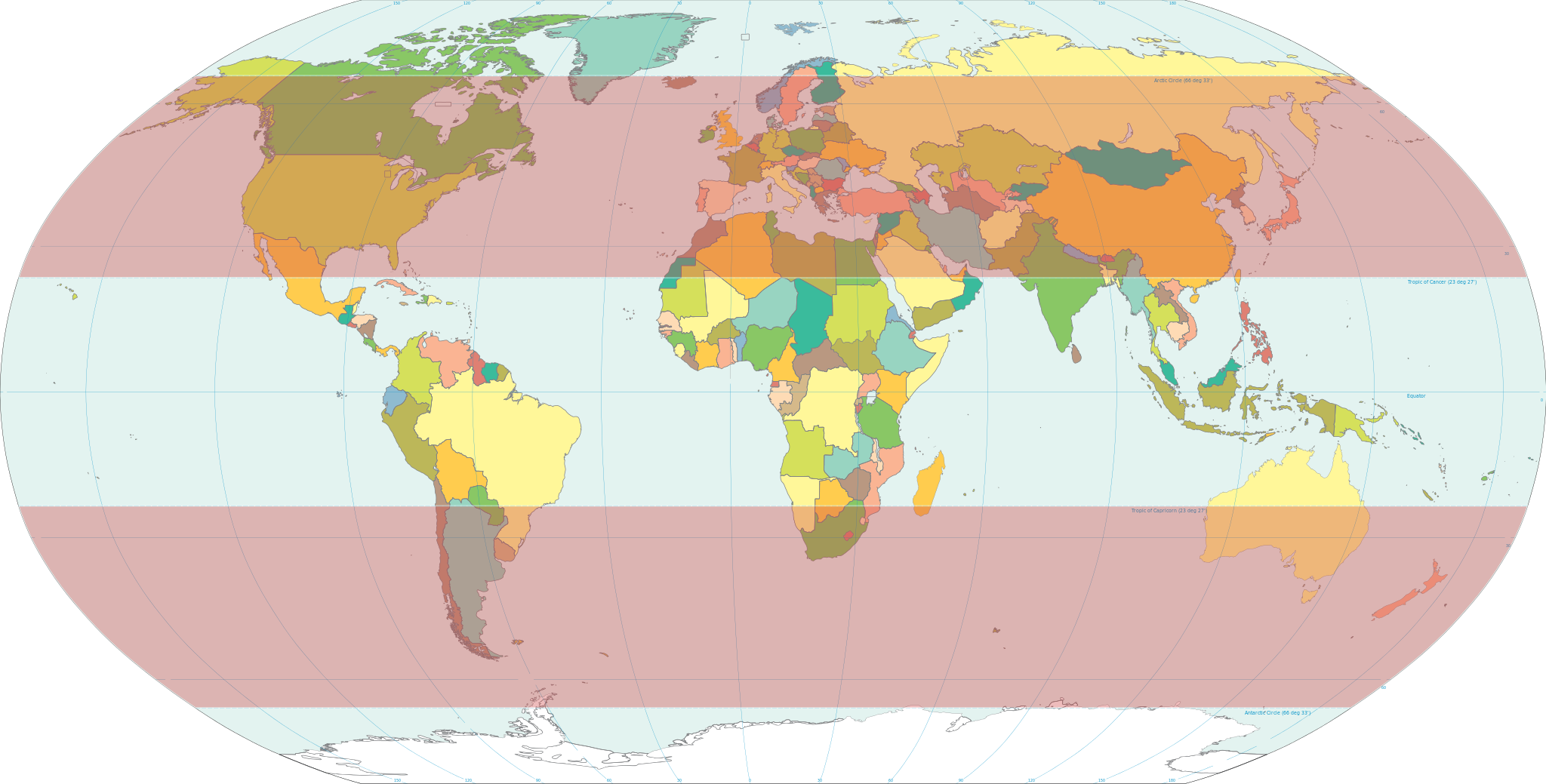Most of the world’s food is produced in temperate zones. The Global Food Security programme’s Evangelia Kougioumoutzi reports on the TempAg Network.

Agricultural production in temperate regions is highly productive with a significant proportion of global output originating from temperate (i.e. non-tropical) countries – 21% of global meat production and 20% of global cereal production originates from Europe alone. This proportion is very likely to increase (PDF) in light of climate change.
TempAg is an international research collaboration network established to increase the impact of agricultural research and inform policy making in the world’s temperate regions.
Its work does not solely focus on research, but also provides insights into current thinking through mapping existing scientific findings and outstanding knowledge gaps. In this way, the network aspires to become a platform for alignment of national agricultural research and food partnership programmes (like GFS) that will enable development of more effective agricultural policies with a long-term vision.

Since its official inauguration in Paris on April 2015, TempAg has been leading a series of on-going work streams around (read more on pilot activity projects):
- Boosting resilience of agricultural production systems at multiple scales and levels
- Optimising land management for ecosystem services and food production
- Improving sustainability of food productivity in the farms & enterprise level
Future foresights
After 18 months of existence, TempAg held a foresight workshop in London on 5-7 October to determine its future priorities.
40 delegates from academia, policy, industry and professionals in the science-policy interface across the 14 different countries in the temperate region took part. Through a series of presentations and interactive sessions, participants were invited to consider what the current and future challenges are in temperate agriculture, taking into account the needs of policy makers and industry in helping them improve the implementation of sustainable agriculture practises.

To tackle sustainability in temperate agriculture, there is a need to better manage risks and stresses (both biotic & abiotic) as well as finding ways to manage the restoration of natural capital, ecosystem services and soils. During the workshop, it was noted that utilising the diversity within different agricultural systems, via identifying the best practise and using the appropriate technological mix may be a way forward in making production systems more sustainable.
Participants stressed the importance of taking a holistic view of the sustainability agenda within agriculture, without just focusing on environmental aspects. This means also taking into consideration socio-economic factors – such as making food value chains (like turning milk into cheese) – more equitable by identifying who gets the equity from the food commodities’ prices, or identifying what the optimum legal framework for sharing data might be.
The group also considered sustainable agriculture issues from a policy and industry needs angle. It was interesting to see that dealing with shocks (environmental, socio-economic, and technological) featuring highly in this discussion as well. It was suggested that increasing resilience to these shocks, could be facilitated via the wide spread diffusion of existing technologies. Engaging with farmers during this time would be necessary to identify technology uptake barriers.
Forward moves
Because future-proofing agricultural resilience and enhancing the capacity to respond to shocks was deemed an urgent priority, it was suggested that the development of a comprehensive map identifying the multiple shocks that could impact on farm resilience in temperate zones could be a future work stream for TempAg. Work in this area could help develop models that assess the flexibility within an agricultural production system.
What we eat is largely based on the type of food we produce. Therefore healthy diets are extrinsically linked with our production systems. Another area of interest for TempAg could be exploring what should be the nutritional value of crops for a better health and what a nutritional diet will look like for sustainable temperate agriculture. Developing frameworks in this area, could further inform farming practises in temperate areas in the future.
Since TempAg’s initiation, two major global policy agendas have been adopted by the international community: the Sustainable Development Goals and the Paris COP21 (PDF) agreement. Identifying what type of data and scientific evidence policy makers will need to achieve the agriculture-relevant targets was another area where TempAg could focus its activity moving forward.
Finally, delegates highlighted areas of work which could help build more effective policies with a longer term vision. These included developing economic tools for valuing natural capital and ecosystem services, as well as integrated assessment tools to monitor the performance and impact (environmental cost) of existing policies.
About Evangelia Kougioumoutzi
Evangelia is International Coordinator & Programme Manager for the Global Food Security programme (GFS). Before joining GFS, Evangelia worked as an Innovation Manager for GFS partners BBSRC. She holds a PhD in plant development and genetics from the University of Oxford.



Great write up Evangelica, thanks for sharing.
As I read about and attend more and more of these events I do question the pace of change and if initiatives like this have any chance of altering the course of agriculture in the medium term, or whether we’ll be forced to turn to them post some kind of major issue.